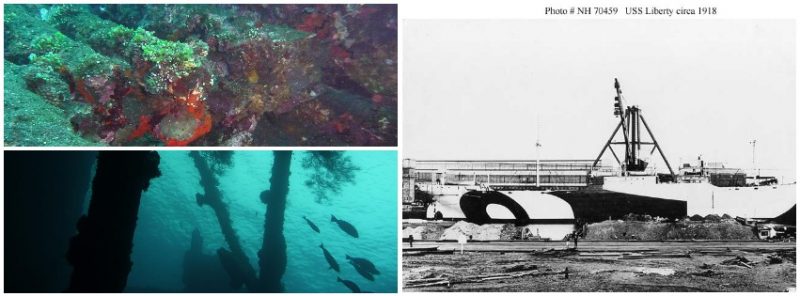USAT Liberty was a United States Army cargo ship torpedoed by Japanese submarine I-166 in January 1942 and beached on the island of Bali. She had been built as a Design 1037 ship for the United States Shipping Board in World War I and had served in the United States Navy in that war as animal transport USS Liberty (ID-3461). She was also notable as the first ship constructed at Federal Shipbuilding, Kearny, New Jersey. In 1963, a volcanic eruption moved the ship off the beach, and Liberty‘s wreck is now a popular dive site.
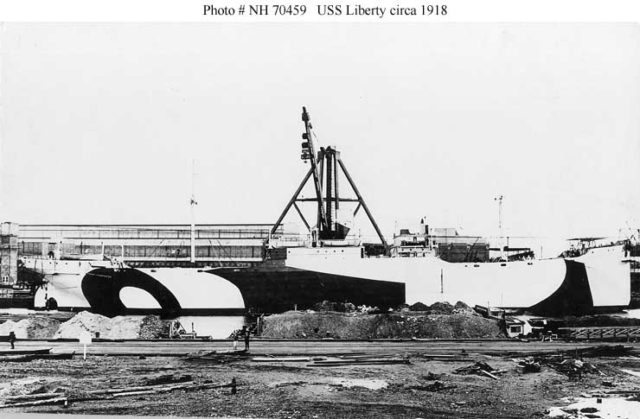
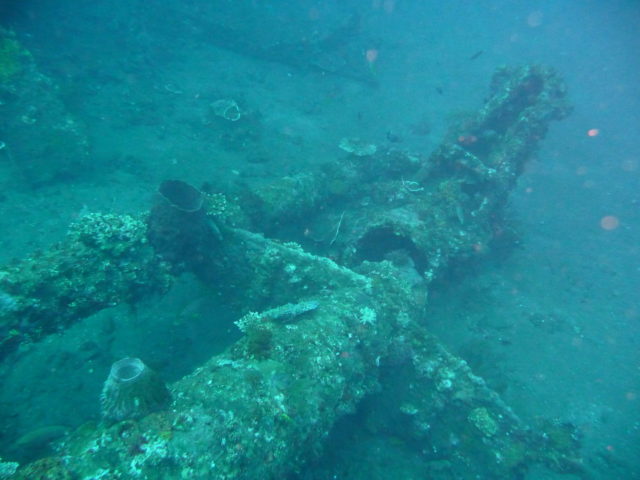
Liberty was launched on 19 June 1918 by the Federal Shipbuilding Company in Kearny, New Jersey, and acquired by the United States Navy on 7th October 1918 and commissioned the same day with Lieutenant Commander Charles Longbottom in command. Assigned to the Naval Overseas Transportation Service, Liberty departed the New York Navy Yard on the 24th October 1918, arriving at Brest, France, with her cargo of horses on 8 November. Over the next 6 months, Liberty made two additional cruises from New York to France discharging both animal and general cargo at French ports. Loaded with 436 tons of U.S. Army cargo and 2,072 tons of steel rails, Liberty arrived at Newport News, Virginia, on 30th April 1919 from her final cruise. She was decommissioned there on the 7th of May and was returned to the United States Shipping Board the same day.
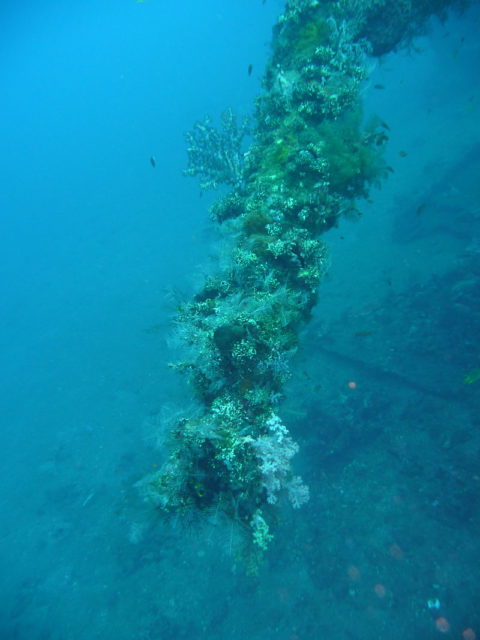
By 1939, Liberty—although owned by the United States Maritime Commission (a successor to the USSB)—was employed by the Southgate-Nelson Corporation of Norfolk, Virginia. Southgate-Nelson was the operator of several packet lines, including the American Hampton Roads Line, the Yankee Line, and the Oriole Lines, but secondary sources do not indicate for which of these services Liberty sailed. In November 1940, Liberty was one of ten ships taken up by the United States Army for defense service.
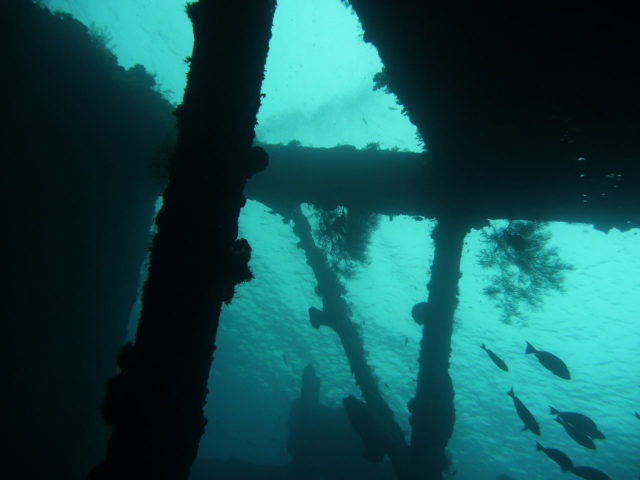
At the time of the United States’ entry into World War II in December 1941, USAT Liberty was in the Pacific. In January 1942, she was en route from Australia to the Philippines with a cargo of railway parts and rubber. On 11th January, Liberty was torpedoed by Japanese submarine I-166 about 10 nautical miles (19 km) southwest of the Lombok Strait, near position08°54′S 115°28′E. US destroyer Paul Jones and Dutch destroyer Van Ghent took the damaged ship in tow attempting to reach Celukan bawang harbour at Singaraja, the Dutch port and administrative centre for the Lesser Sunda Islands, on the north coast of Bali. However, she was taking too much water and so was beached on the eastern shore of Bali at Tulamben so that the cargo and fittings could be salvaged.
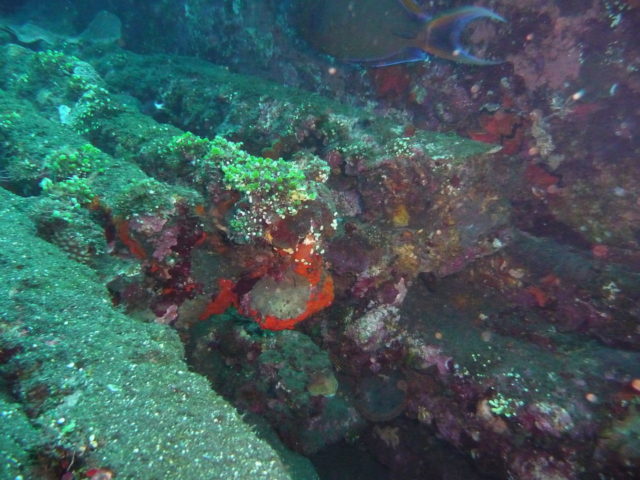
In 1963, the tremors associated with the eruption of Mount Agung caused the vessel to slip off the beach, and she now lies on a sand slope in 25 to 100 feet (7.6 to 30.5 m) of water, providing one of the most popular dive sites off Bali.
The wreck of USAT Liberty is often misidentified as USAT Liberty Glo or identified by the misnomer, USS Liberty. The wreck is sometimes incorrectly referred to as a Liberty ship, through the confusion of the ship’s name with the class of World War II-built standard design cargo ships.
